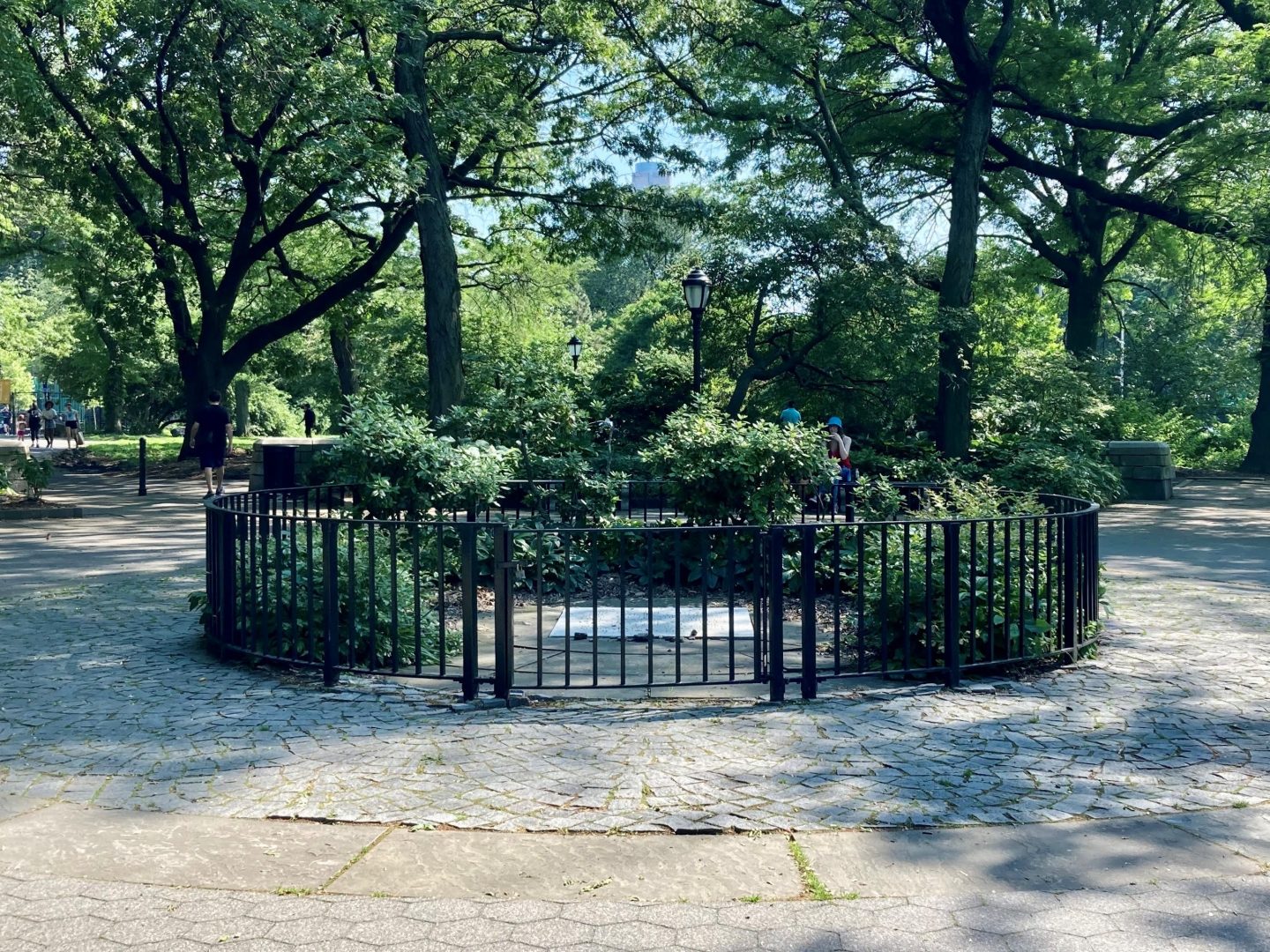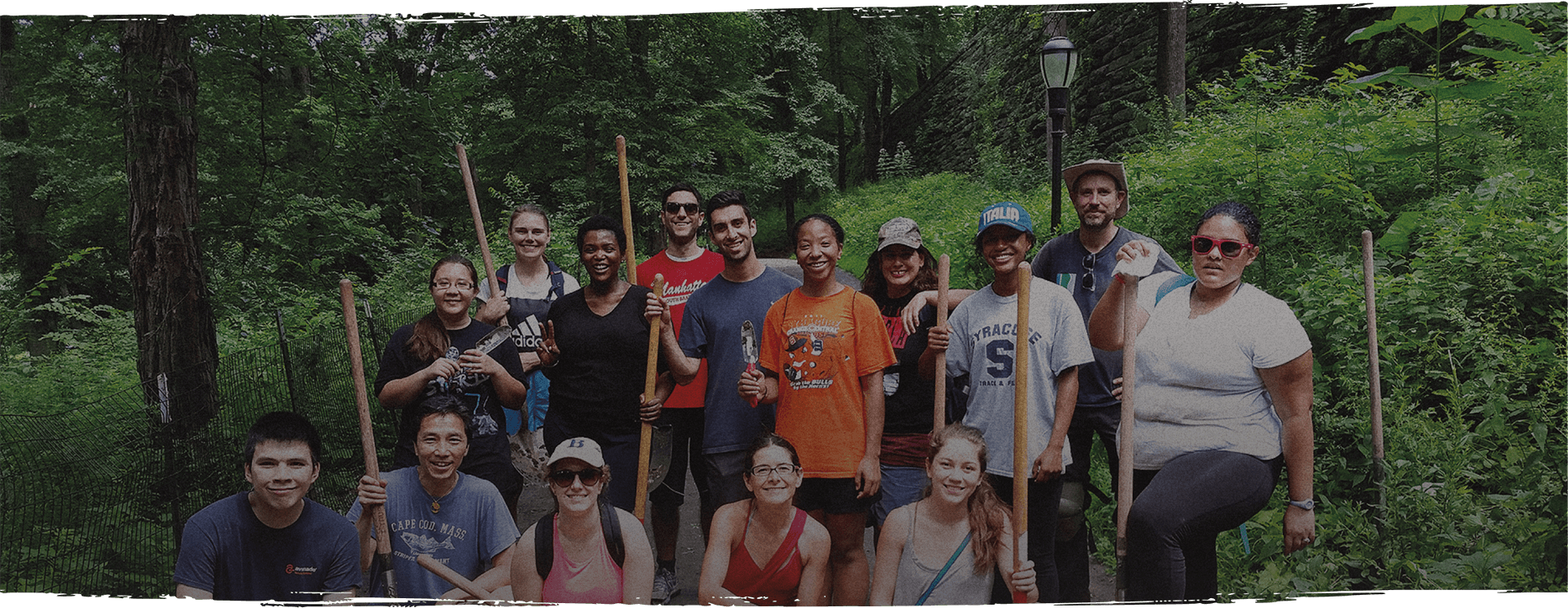Warsaw Ghetto Memorial
This memorial remembers the six million Jewish men, women and children killed under Nazi rule, and is dedicated specifically to the people of the Warsaw Ghetto Uprising of 1943 who resisted and fought back rather than be sent to the Nazi death camps.
In November of 1940, the Nazis ordered all Jews in Warsaw, Poland to live in a particular area of the city that they then sealed, first with barbed wire and later with a brick wall 10 feet high and 11 miles long. By summer of 1942, nearly half a million Jews lived within the 840 acres of the ghetto. More than 43,000 people died as a result of the poor living conditions. In July 1942, the Nazis began transporting large groups of Jews to death camps. When they learned of their intended destination, the inhabitants of the ghetto decided to resist further deportations. On January 18, 1943, the Nazis arrived to gather 6,500 Jews for shipment to the death camps and were met by armed resistance. Several Nazi soldiers were killed or injured and deportations were halted for several months. Infuriated by the Jewish resistance, SS chief Heinrich Himmler ordered the ghetto destroyed. Before sunrise on April 19, 1943, Nazi soldiers armed with tanks, machine guns, and flamethrowers assaulted the ghetto. By May 16, the fighting became sporadic as Jewish ammunition reserves were exhausted. The Tlomacki Synagogue was blown up as a sign of the Nazi victory. Of the 56,000 Jews who fought in the Uprising, over 15,000 were killed and the rest were deported to concentration camps. The number of Nazi casualties is unknown but some estimates put the numbers at 300 killed and 1,000 wounded.
Located at the south end of the Promenade at 83rd Street and overlooking the Hudson River stands the circular plaza of the Warsaw Ghetto Memorial. The plaque in the center of the plaza, once intended to be the cornerstone for a future, more elaborate monument, bears the inscription: “This Is the Site for the American Memorial to the Heroes of the Warsaw Ghetto Battle, April-May, 1943, and to the 6,000,000 Jews of Europe Martyred in the Cause of Human Liberty.” Underneath the cornerstone is a scroll describing the defense of the Warsaw ghetto composed by Chief Rabbi Isaac Herzog of Jerusalem in Hebrew and translated by Rabbi David de Sola Pool into English. It reads: “This monument set up in New York in the name of the people of the United States of America stands as a memorial of the unparalleled horror committed by the fiendish inhumanity of the Nazi leaders of the German people during the years 1939 to 1945 in destroying six million Jews, one third of the whole Jewish people.” Two bronze boxes containing soil from the Erezin and Sered concentration camps in Czechoslovakia were also placed under the cornerstone.

The larger monument intended for the site was never built. At least six different proposals were developed, however, including an eternal flame, an assemblage of heroic figures, a sixty-foot stone pylon topped by a bronze menorah, and eighty-foot tablets inscribed with the Ten Commandments. Although some would still like to see a more elaborate monument to the Holocaust built on this site, for many others the plaza itself has become the memorial.
In 1991, under the auspices of Riverside Park Conservancy’s Grassroots Volunteer Program, David Goldstick began caring for the neglected planting in the area, transforming them into abundant, beautiful gardens. From that commitment came a plan to restore and enhance the seriously deteriorated plaza. Pro bono labor from the International Masonry Institute of the Union of Bricklayers and Allied Craftsman restored the wall surrounding the plaza, and a construction company was hired to finish the renovation. In May 2001, construction was completed on the plaza and surrounding area. Bluestone and granite sets form the surface, with bluestone curbing outlining expanded gardens. New benches and lighting completed the capital project. This rehabilitation was underwritten by The Deedy and David Goldstick Foundation, complementing major City funding arranged by former Manhattan Borough Parks Commissioner Adrian Benepe.
The anniversary of the Warsaw Ghetto uprising is April 19, the day the Nazis stormed the ghetto. Every year in April, a small ceremony is held in Riverside Park honoring the victims of the uprising. The memorial was originally dedicated on October 19, 1947. The restored plaza was rededicated on October 19, 2001.

